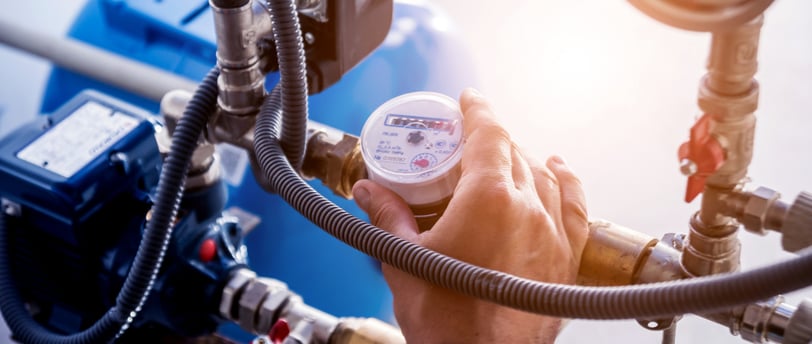5 Tips for Effective Pump Operation
Ensuring efficient and reliable pump operation is crucial for maintaining optimal performance and extending the lifespan of your equipment.
3/11/20252 min read


Ensuring the efficient and reliable operation of pumps is essential across various industries, from manufacturing to water treatment. Proper pump maintenance not only enhances performance but also extends the equipment's lifespan, leading to cost savings and operational excellence. Here are five essential tips for effective pump operation:
1. Implement Regular Inspections and Maintenance
Establishing a routine inspection schedule is crucial for early detection of potential issues. This proactive approach includes:
Daily Checks: Monitor for unusual noises, vibrations, or leaks.
Weekly and Monthly Inspections: Assess pressure gauges, flow rates, and temperature readings to ensure they align with operational standards.
Quarterly and Annual Maintenance: Conduct comprehensive evaluations, including performance testing and component wear assessments.
Regular maintenance helps identify and address minor problems before they escalate, ensuring continuous and efficient pump operation.
2. Maintain Proper Lubrication
Adequate lubrication of moving parts minimizes friction, reduces wear and tear, and enhances pump efficiency. To ensure proper lubrication:
Follow Manufacturer Guidelines: Use recommended lubricants and adhere to specified lubrication intervals.
Monitor Lubricant Quality: Regularly check for contamination or degradation and replace lubricants as necessary.
Proper lubrication practices contribute significantly to the longevity and reliability of pump systems.
3. Ensure Correct Pump Priming
Priming is the process of removing air from the pump and suction line, allowing the pump to function correctly. Proper priming involves:
Filling the Pump Casing: Before startup, ensure the pump casing is filled with the liquid to be pumped.
Checking for Air Leaks: Inspect suction lines and seals to prevent air ingress, which can lead to loss of prime.
Proper priming prevents air binding, ensures efficient operation, and protects the pump from potential damage.
4. Monitor Operating Conditions
Continuous monitoring of operating parameters is vital for maintaining pump performance. Key aspects include:
Pressure and Flow Rates: Ensure these metrics remain within the manufacturer's specified ranges.
Temperature Levels: Monitor to prevent overheating, which can cause premature wear or failure.
Utilizing sensors and automated monitoring systems can provide real-time data, enabling prompt responses to any deviations.
5. Verify Chemical Compatibility
Ensuring that pump materials are compatible with the fluids they handle is crucial to prevent corrosion and degradation. Steps to verify compatibility include:
Consulting Compatibility Charts: Refer to manufacturer-provided charts to match pump materials with specific chemicals.
Conducting Immersion Tests: For unique fluids, immerse a sample of the pump material in the fluid to observe any adverse reactions.
Proper material selection based on chemical compatibility ensures safe operation and extends the service life of the pump.
By implementing these best practices, organizations can optimize pump performance, reduce downtime, and achieve greater operational efficiency.
Get in touch
Have a question? Need a consultation? Feel free to reach out – our team is ready to help! 🚀


